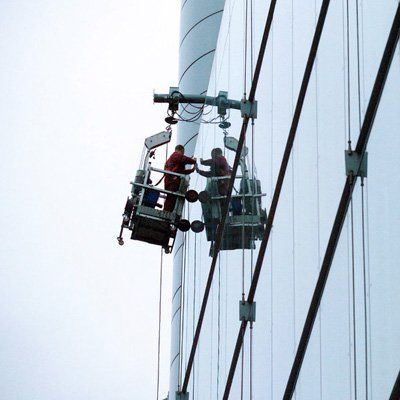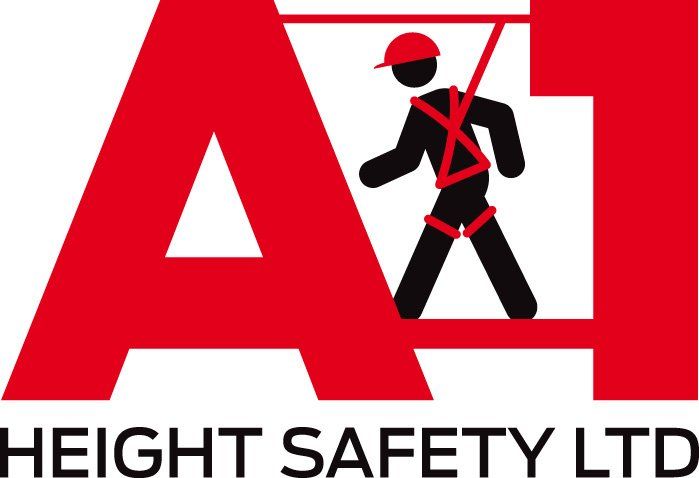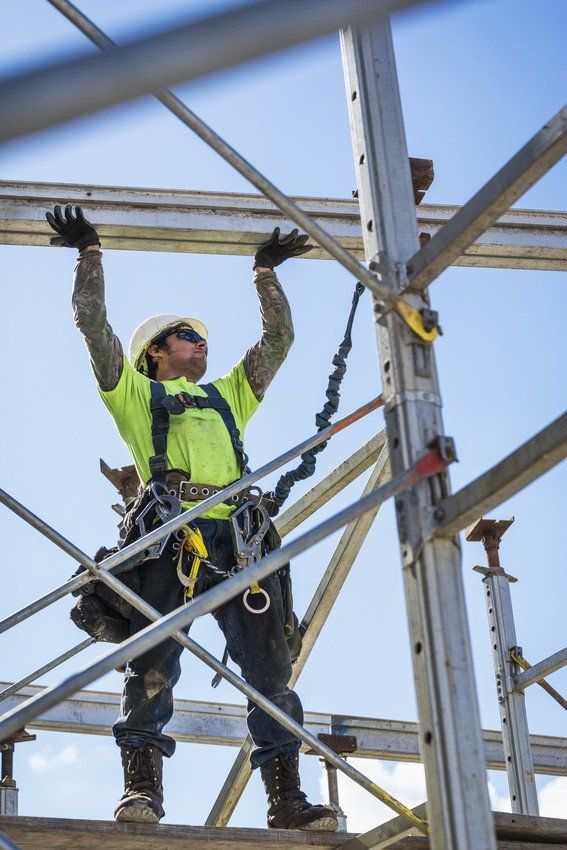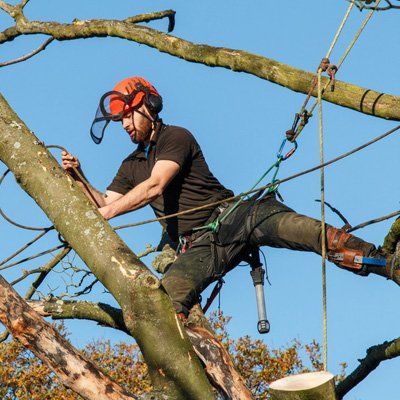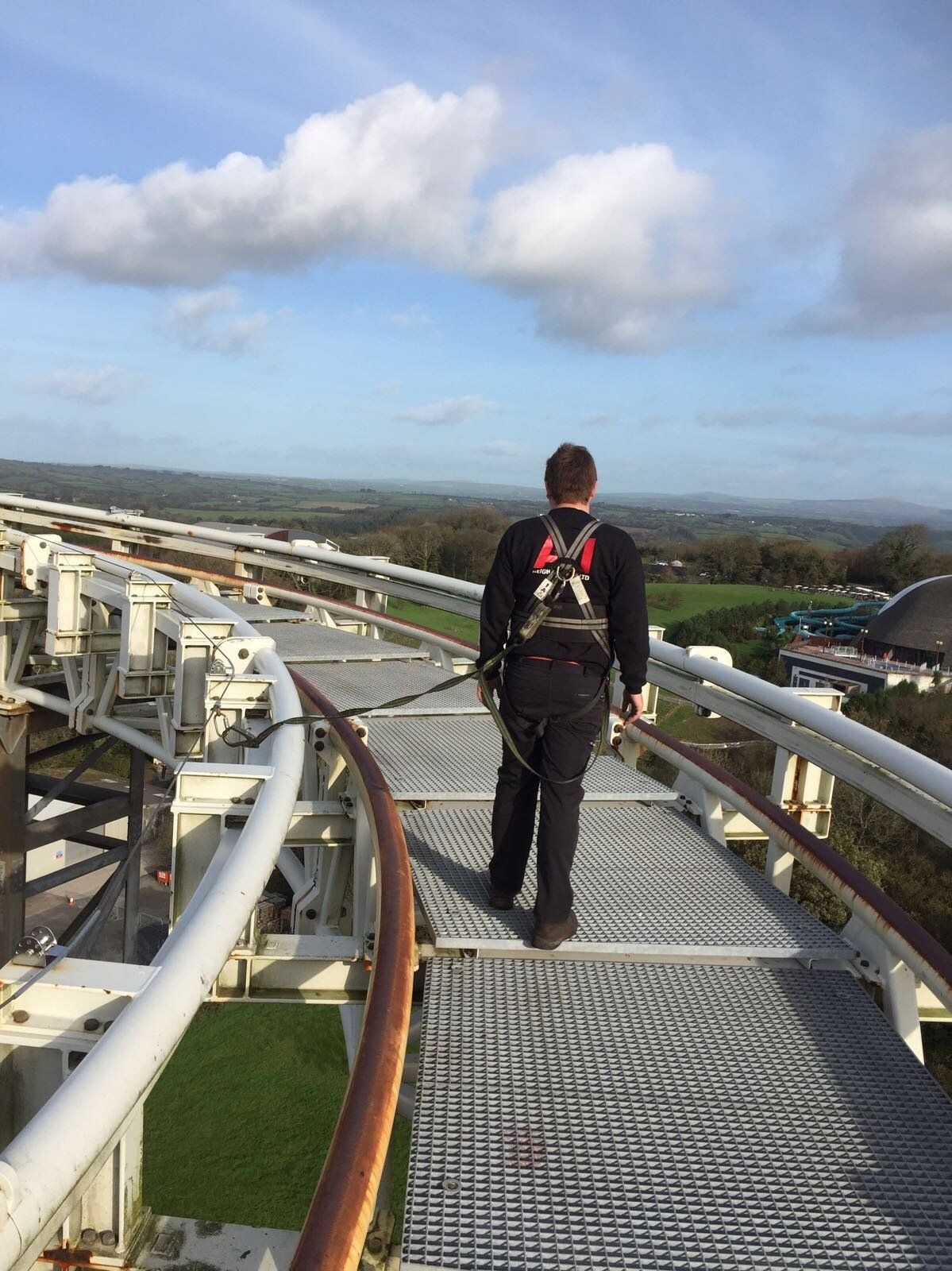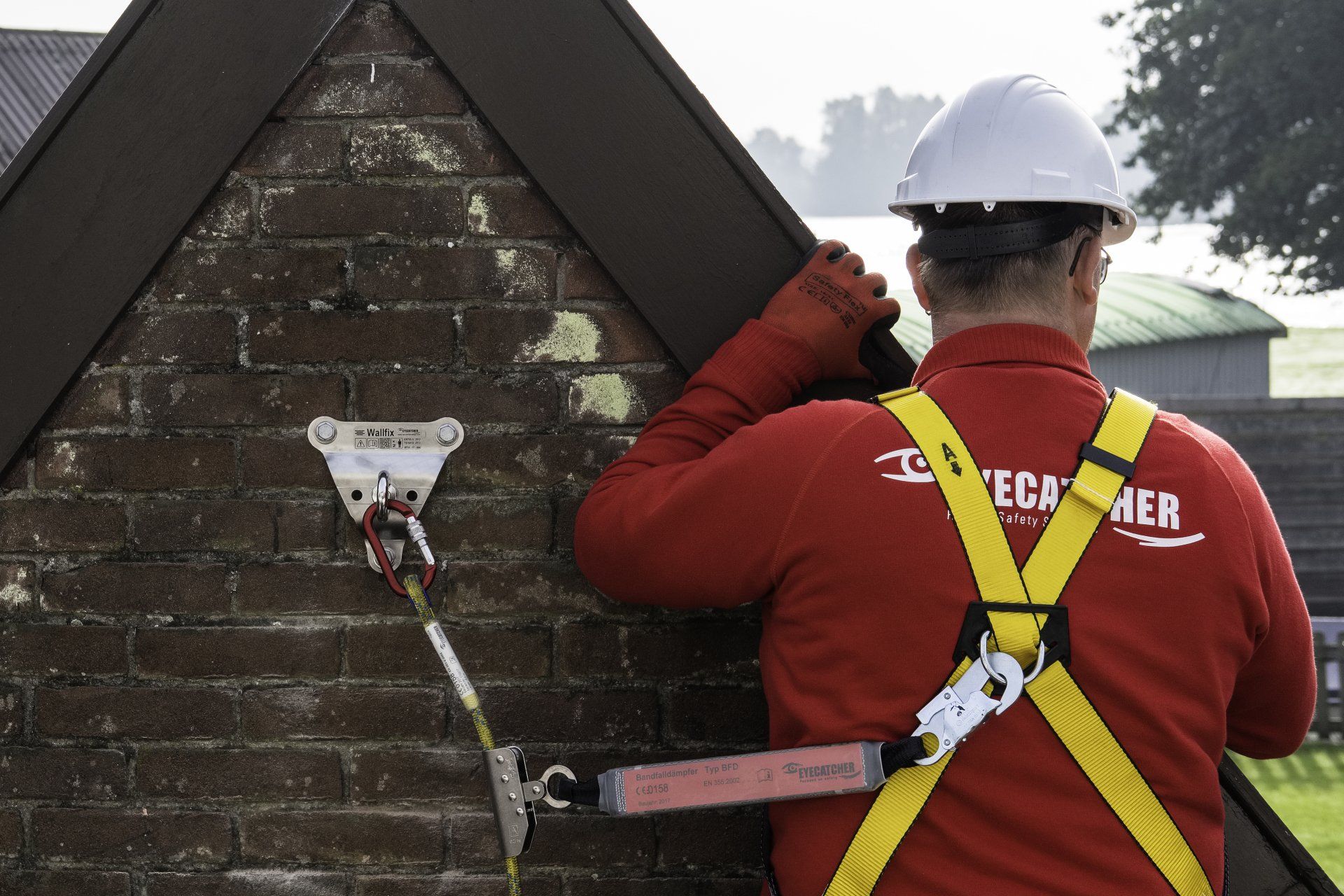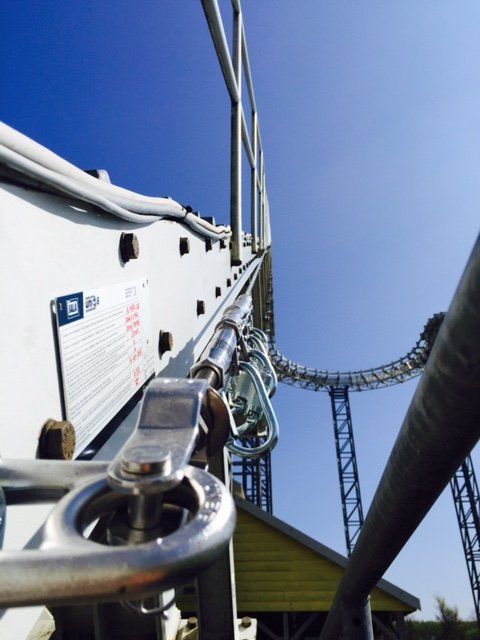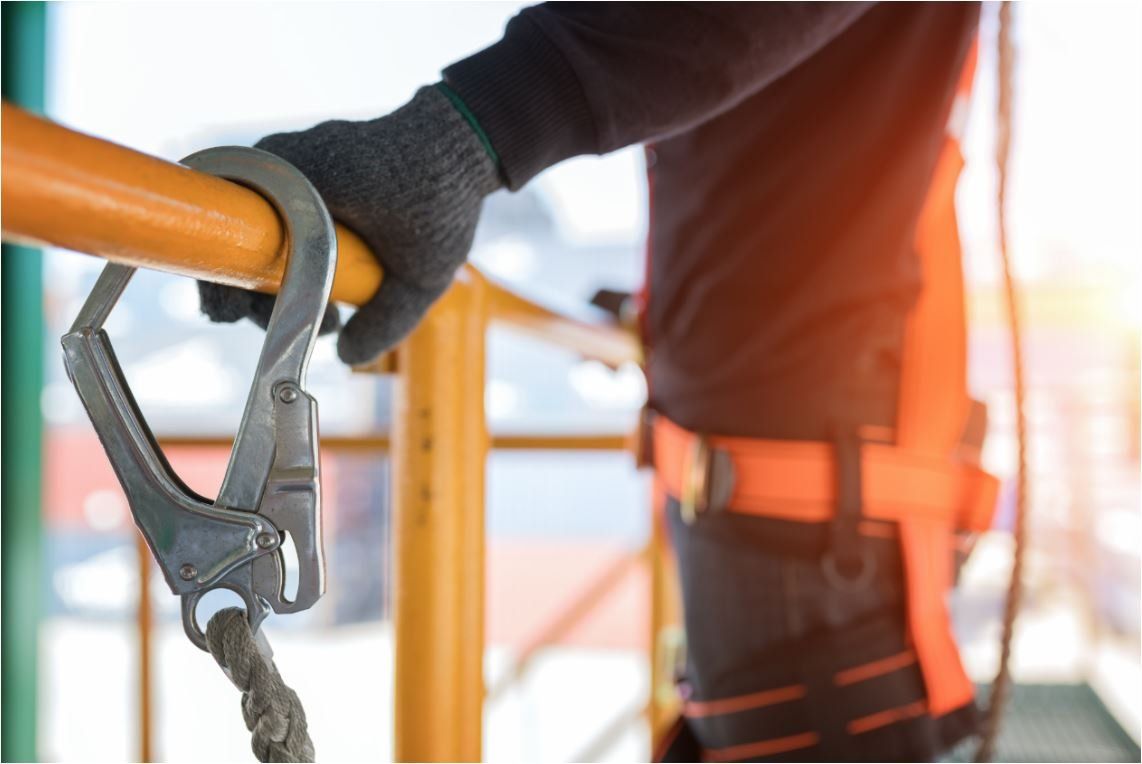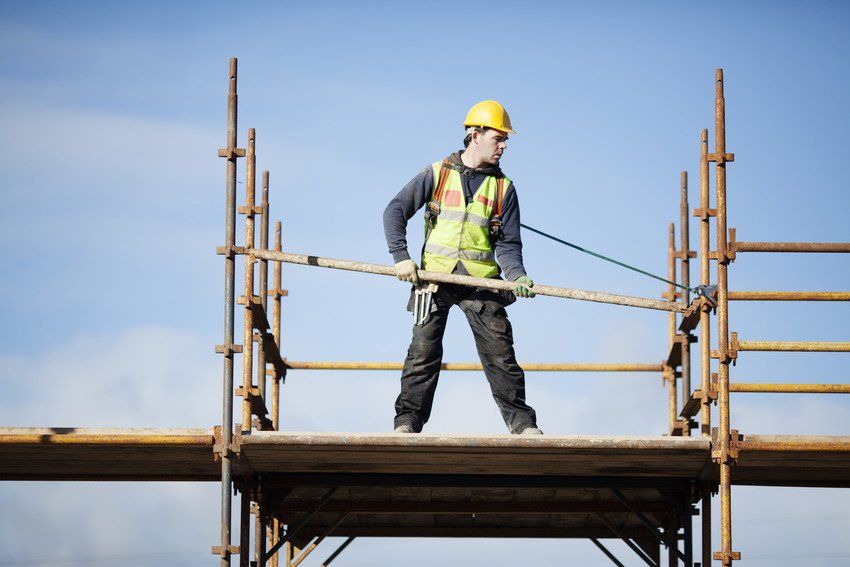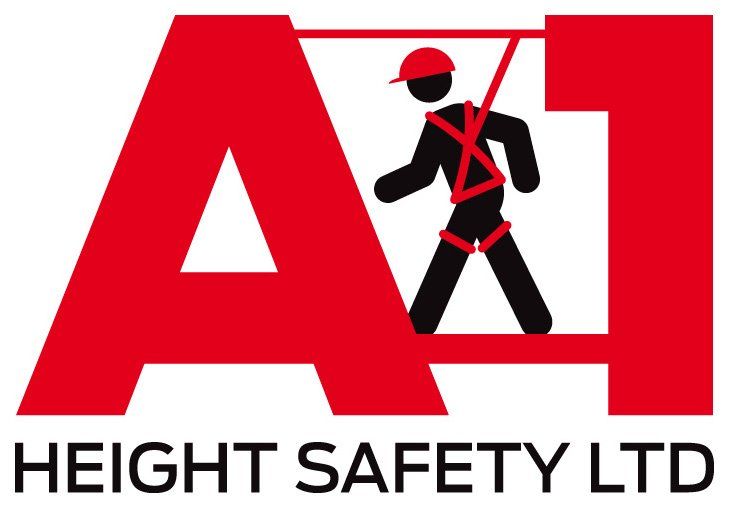What is Mansafe System Testing and How is it Beneficial?
Anyone who works at height, or employs people who do, will most likely be familiar with mansafe systems. Falling from heights is one of the most common reasons for serious injuries or even fatalities within the construction industry. For this reason, a mansafe system is a necessity for any project that requires working at heights - for example, on rooftops.
Ensuring your mansafe system is regularly checked and maintained is just as important as having one in the first place. The only way you can be sure that your equipment is safe and fit for use is to have it inspected frequently. To help you put safety first on your worksite, A1 Height Safety has come up with this guide to mansafe system testing and why it is so important.
What is a mansafe system?
‘Mansafe systems’ or ‘mansafe fall protection’ are systems designed to keep people safe whilst working at a height. This could consist of a single anchor fixing near a window, or a line system installed on a roof. Their purpose is to protect workers should a fall occur, or prevent the fall altogether.
There are two main types of mansafe system: fall restraint systems and fall arrest systems.
Fall restraint systems
The aim of fall restraint systems is to prevent a fall from happening. Typically installed no further than two metres away from the fall hazard, the user connects themselves to the system using a suitable lanyard. This kind of mansafe system has been likened to toddler reins.
While fall restraint systems aren’t intended to suspend someone who has already fallen, they must be able to hold the weight of any given load in order to comply with regulations and provide extra safety, just in case.
Fall arrest systems
With this kind of mansafe system, the user has already been exposed to a fall hazard. As with the fall restraint system, the user will be attached to the system using a lanyard. However, rather than preventing the fall itself, a fall arrest system prevents someone who has already fallen from coming into contact with the surface below them. It does this by arresting or suspending them in mid-air.
What does mansafe system testing involve?
All types of mansafe system need to be tested and inspected regularly to check for faults and to ensure that the system is fit for purpose. This also includes being examined prior to first use. The details of any inspections should be documented and retained for your records.
The inspections require a competent person to check the anchor strop and anchor device for signs of kinking, deformation, or corrosion and ensure that all components are correctly positioned and working. The system itself must comply with relevant ISO standards.
The person who carries out the inspection must have all the necessary training and be able to identify any potential faults and risks in accordance with British Standards. Accredited inspectors such as those here at A1 Height Safety are best equipped to help you remain compliant.
We recommend that you also check that all height safety signage and walkway signage is correct and in good working order - making people aware of hazards can reduce risk significantly, so it’s definitely worth implementing all possible safety measures.
How often should inspections be carried out?
The Work at Height Regulations 2005 (WAHR) stipulates that every employer or project manager must keep those working at height protected from falls. It’s your responsibility to ensure that you provide a safe working environment at all times, which includes providing your team with well-maintained mansafe systems, safety lines and relevant personal protective equipment.
A considerable part of this duty to your team is ensuring your equipment is deemed fit for use through regular checks. Mansafe systems should be examined thoroughly by a qualified inspector at least once every 12 months. This will ensure that you are complying with WAHR and, importantly, can minimise the risk of height-related accidents on your worksite.
As well as having your mansafe systems inspected and tested by a qualified professional, you should also incorporate basic examinations into your routine maintenance checks and check equipment whenever you think something may have affected its condition (e.g. adverse weather).
Identifying a problem early on could save a life, so it’s vitally important that you stay on top of all these inspections.
The importance of mansafe system testing
Mansafe system testing is a vital part of ensuring that your worksite is a safe place to be, as is taking the same precautions with other potential risks and hazards. There are countless reasons why making sure your mansafe system is fit for purpose will be beneficial to you, your employees, and your business as a whole. Here are a few of the main ones.
Keeps employees safe
It goes without saying that safety is the most important reason for regular mansafe system testing. A 2020 report from the HSE revealed that falling from a height is still the top cause of death in the construction industry. As one of the most reliable fall protection solutions, installing and maintaining mansafe systems should reduce the risk of falling at all, and will certainly reduce the chances of serious injury or death occurring as a result of a fall.
They will be particularly effective if implemented alongside other safety measures such as proper planning of height-related tasks, walkway signage, height safety signage, guard rails, safety lines, only working at height when absolutely necessary, and so on.
Mansafe systems work by harnessing the worker to an anchor point while they carry out work at a height. Not only do these anchor devices absorb the shock of any falls, they also face a lot of pressure when being used as a preventative measure. This means that there will be wear and tear, or even severe deterioration in condition, regardless of whether they actually prevent a fall or protect someone who has already fallen. Regular testing and maintenance can help you avoid any devastating incidents on your worksite by ensuring the system does not fail when in operation.
Cost effective
One of the hidden benefits of regular mansafe system testing is that it will most likely allow you to avoid any costly major maintenance work and is therefore very cost effective.
By identifying faults early with your routine checks and detailed inspections, you’ll be able to repair minor issues while they are still minor, rather than having to cough up a lot of money for a huge maintenance job or even an entirely new system. Repairing minor faults will also extend the lifespan of your equipment, making it a more worthwhile long-term investment.
Compliance with regulations
By carrying out regular mansafe system testing and maintenance, you’ll be complying with all the relevant regulations and guidance and therefore won’t have to worry about the consequences of non-compliance. Potential risk to employees is just one of these consequences; there could also be serious legal repercussions if you fail to adhere to regulations.
To avoid facing legal action, make sure you carry out pre-use and interim inspections on a regular basis, and use a trained and trusted professional for the annual detailed inspections. Remember to record all relevant details too - this might be helpful if you have to prove compliance for any reason.
As an employer or project manager, it is your responsibility to ensure that all individuals who work at heights are also complying with guidance and regulations - for instance, by wearing the required personal protective equipment and using equipment in a safe and correct manner. It is not enough to just ensure the equipment itself is fit for purpose.
Good for business
There are several business-related benefits of mansafe system testing. Regularly checking your equipment will enable you to identify any potential problems early, meaning you can carry out preventive maintenance rather than having to act retrospectively once something goes wrong. By noticing issues early, you can put measures in place to replace or repair damaged components before they get the chance to affect business.
With proper routine inspections and maintenance schedules in place, you can keep your equipment in operation and prevent any costly unplanned downtime due to unexpected equipment failure or a serious incident on your worksite.
Taking steps to ensure your equipment is fit for use can also boost business by earning it a good reputation. People will almost certainly be more inclined to hire your company if they can be confident that it is compliant with all legal requirements and is openly committed to putting safety first.
A1 Height Safety: Safety Line Inspection, Walkway Safety and Safety System Specialists
If you need a team of height safety specialists to help make your worksite safe and compliant, look no further than A1 Height Safety. Our team of experts are well-equipped to design, install, test and maintain a variety of safety line solutions for clients across the UK. We provide installation services for horizontal and vertical safety lines, flat roof safety lines and roof walkway systems to keep your employees safe at work.
At A1 Height Safety, we recognise the vital role maintenance and testing plays in safety. This is why we are also proud to offer comprehensive mansafe testing services. Our commitment to height safety is unparalleled, so you can rest assured that everything we do is in line with regulatory requirements.
To learn more about the importance of mansafe testing or to discuss your worksite’s specific requirements further, please don’t hesitate to contact us today. We’ll do everything in our power to help you put safety first.
